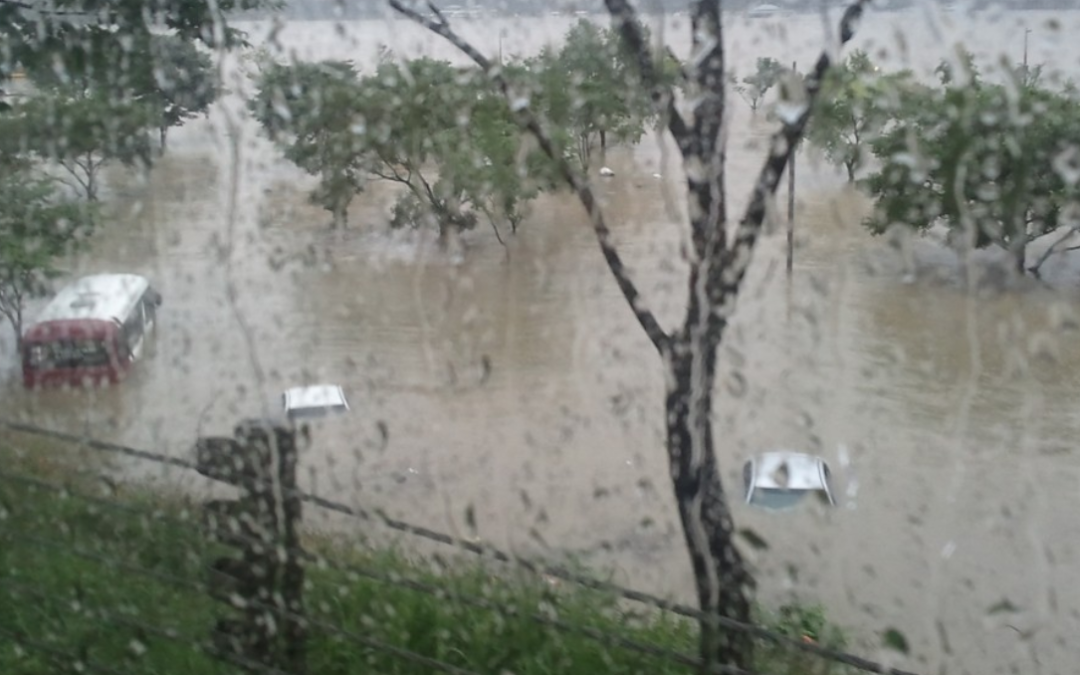Real estate investors are becoming increasingly wary of investing in property in the southeastern United States and other areas prone to severe storm weather. The concern is that one strong storm can significantly affect their bottom line, but is that concern justified?
One incident of storm damage may not represent a cost significant enough to outweigh the returns that coastal properties provide throughout the rest of the year. People still want to live in these areas and they’re willing to pay premium rates to be near the ocean. Until recently, the return on investment made it worthwhile to invest in real estate in high storm risk areas, but, if weather patterns continue to fluctuate that may change. If storms grow worse and more frequent in these areas, tenants may abandon the shores for higher grounds.
While that is a concern, investors and their tenants are unlikely to abandon these premium locales anytime soon. The only time an investor may be faced with a sustained loss is in trying to sell a coastal property soon after the area has been storm ravaged. In this case, the real estate market will plummet, leaving the seller with a property that’s worth less than he paid for it. Even so, waiting just a few months can provide enough of a boost to make selling worthwhile again.
Finally, these properties aren’t existing in a vacuum. The governments in these high storm risk areas are continuously enacting new laws to ensure properties aren’t developed in dangerously high risk areas. Regulations regarding how far above sea level a structure must be and what materials can be used in the structure’s construction are intended to make properties safer and more durable in these areas.
Construction contractors are also changing their methods to exceed government regulations. Making use of new construction processes and stronger materials are helping contractors create sturdier structures that will stand up against harsher weather. Even the designs of new buildings are engineered to withstand stronger winds and heavier rainfall.
When you take all of these factors into consideration, investing in real estate in high storm risk areas may not be as much of a financial risk as you might assume. Stronger structures combined with an unrelenting desire to occupy these coastal areas help to make these properties as popular as ever. Rather than abandon the beauty and comfort of coastal living, most people prefer to find better ways to withstand the occasional storms.
